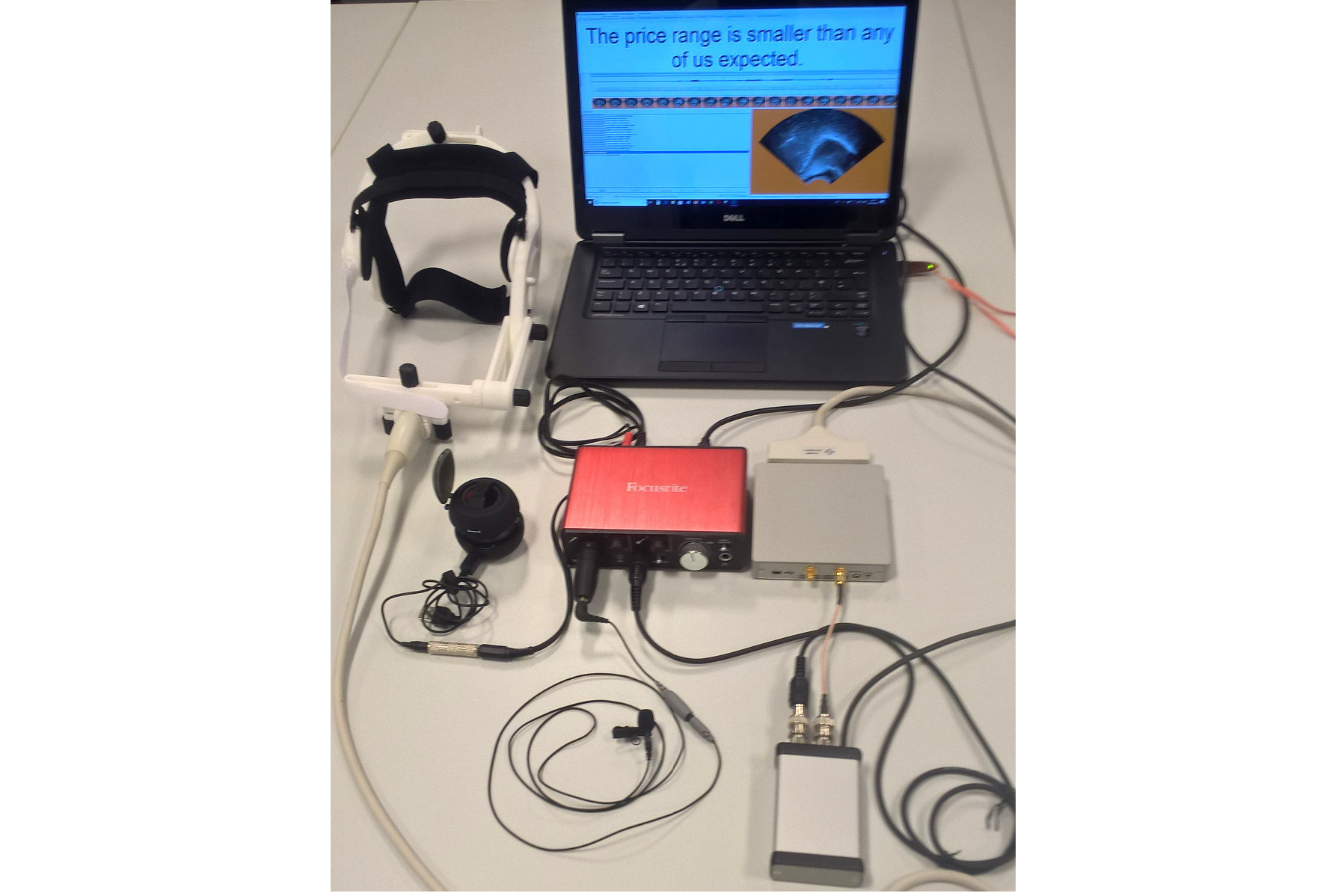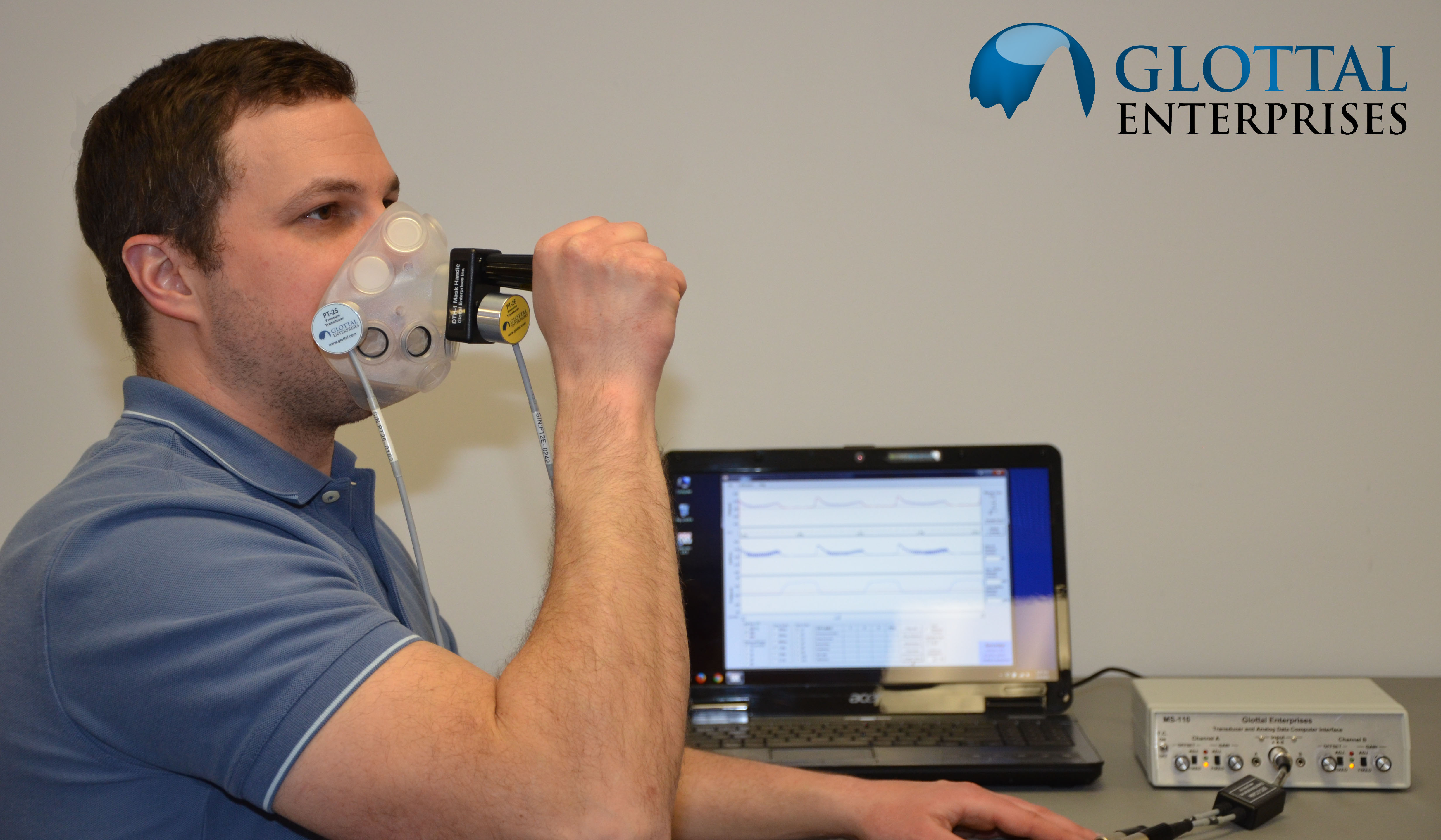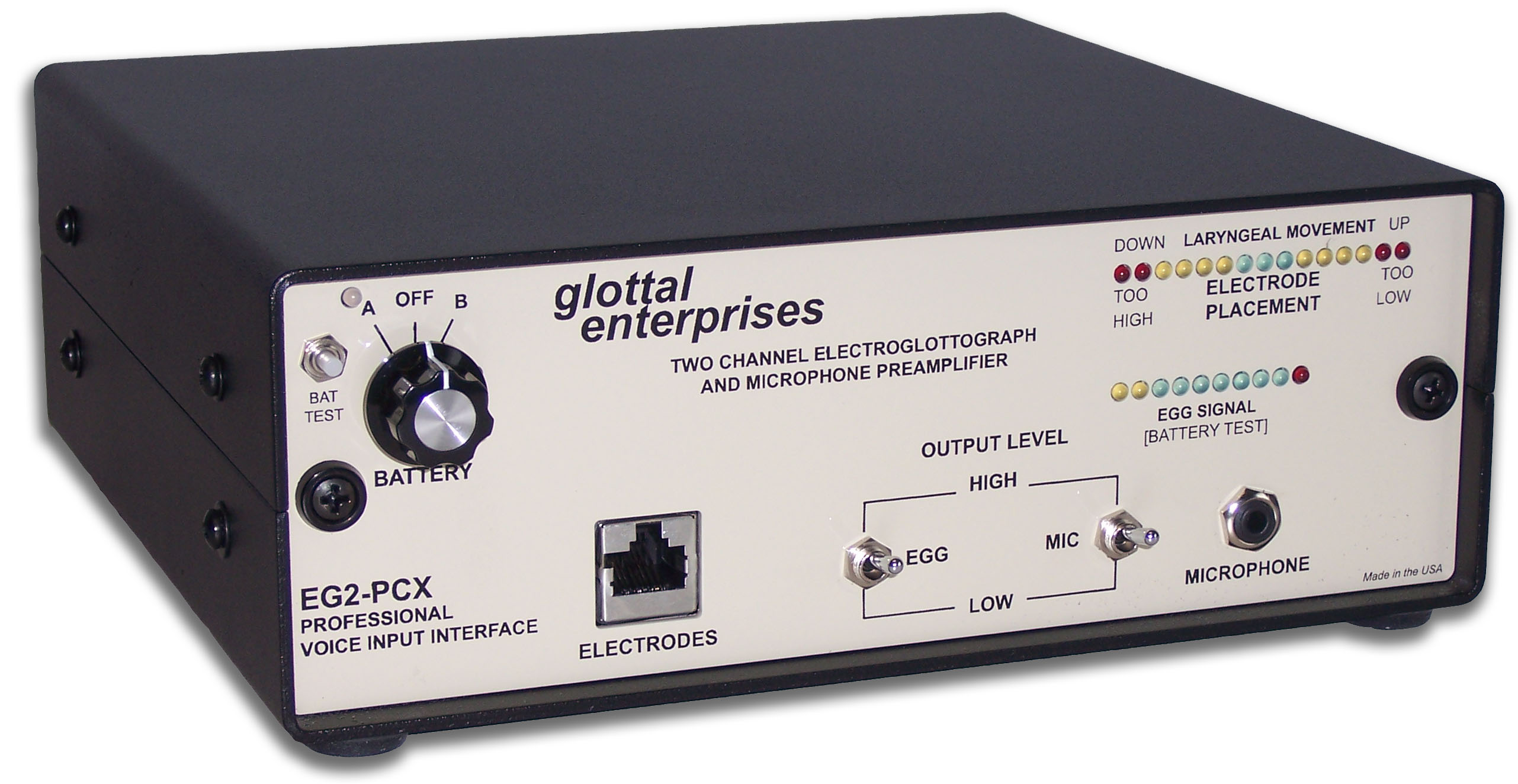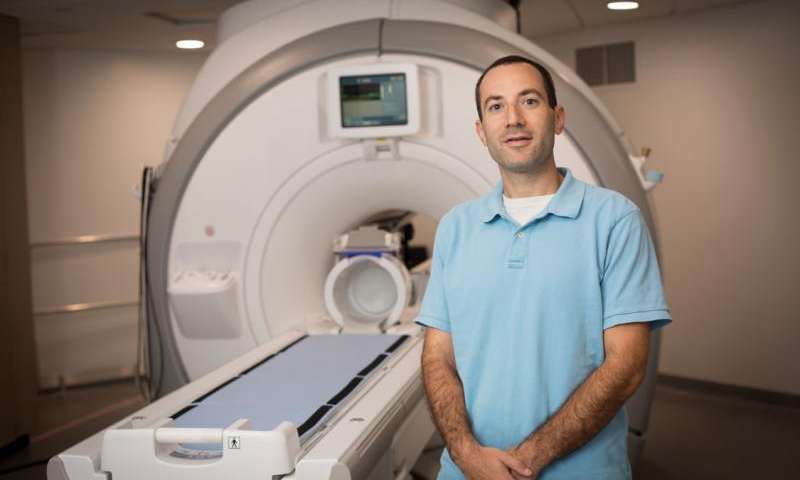About
The Cornell Phonetics Lab is a group of students and faculty who are curious about speech. We study patterns in speech — in both movement and sound. We do a variety research — experiments, fieldwork, and corpus studies. We test theories and build models of the mechanisms that create patterns. Learn more about our Research. See below for information on our events and our facilities.

Upcoming Events

9th September 2024 12:20 PM
PhonDAWG - Phonetics Lab Data Analysis Working Group
First PhonDAWG meeting of the Fall semester - please come with ideas for things to do that relate to your research.
Location: B11 Morrill Hall, 159 Central Avenue, Morrill Hall, Ithaca, NY 14853-4701, USA
11th September 2024 12:20 PM
Start of the Year Phonetics Lab Meeting (Part 2)
We will have the second half of our start-of-year Plab meeting.
- We'll finish going through lab protocols and discuss semester plans (including conferences, PHUNY, practice talks, etc.).
- And as a bonus, Chloe will show us her LabVanced experiment
Location: B11 Morrill Hall, 159 Central Avenue, Morrill Hall, Ithaca, NY 14853-4701, USA
12th September 2024 04:30 PM
Linguistics Colloquium Lecture: Dr. Maria Gouskova to speak on "Nobody's Coyote: Possessedness Features in Pipil"
The Department of Linguistics proudly presents Dr. Maria Gouskova, Professor at the New York University, who will give a talk titled: "Nobody's Coyote: Possessedness Features in Pipil".
Theories of morphology diverge in handling morphosyntactic features. In Distributed Morphology, languages can choose different features from a universal menu, and bundle them differently into terminals. Languages also can make liberal use of lexical diacritics, which determine arbitrary patterning in suppletion, readjustment rules, etc.
A stronger alternative is adopted in theories such as Nanosyntax, where features are arranged into universal cartographic hierarchies. Languages can only choose whether to spell out some of these features individually or in spans. Diacritic features are also excluded on principle in some versions of Nanosyntax, as well as in theories such as Lexical Phonology and Morphology and its descendants.
In this talk, I work through a case study of Pipil (Uto-Aztecan), a language that marks nouns for a [±possessed] contrast. I pull together evidence from the distribution of possessedness suffixes to argue that Pipil bundles this feature with the nominalizing category head little n. The suffixes are in complementary distribution with other nominalizers and interact with plural formation in intricate ways. While there are loose correlations between alienability and possessedness marking, there are many exceptions that preclude a rigid morphosyntactic analysis.
I argue that the allomorphy is partially arbitrary, in much the same way as generalizations are arbitrary for gender and declension class. The semantic generalizations must be extracted statistically from each allomorph's sublexicon, much as phonological generalizations are extracted for phonologically predictable allomorphy.
Location: Morrill Hall, 106 Cornell University Dept, 159 Central Avenue, Morrill Hall, Ithaca, NY 14853-4701, USA
14th September 2024 04:00 PM
Linguistics Department Picnic at Stewart Park
The Linguistics Department will hold its annual picnic at Stewart Park, Ithaca, NY from 4PM-7PM. Meet at the Large Pavilion.
Location: Stewart Park, Ithaca, NY
Facilities
The Cornell Phonetics Laboratory (CPL) provides an integrated environment for the experimental study of speech and language, including its production, perception, and acquisition.
Located in Morrill Hall, the laboratory consists of six adjacent rooms and covers about 1,600 square feet. Its facilities include a variety of hardware and software for analyzing and editing speech, for running experiments, for synthesizing speech, and for developing and testing phonetic, phonological, and psycholinguistic models.
Web-Based Phonetics and Phonology Experiments with LabVanced
The Phonetics Lab licenses the LabVanced software for designing and conducting web-based experiments.
Labvanced has particular value for phonetics and phonology experiments because of its:
- *Flexible audio/video recording capabilities and online eye-tracking.
- *Presentation of any kind of stimuli, including audio and video
- *Highly accurate response time measurement
- *Researchers can interactively build experiments with LabVanced's graphical task builder, without having to write any code.
Students and Faculty are currently using LabVanced to design web experiments involving eye-tracking, audio recording, and perception studies.
Subjects are recruited via several online systems:
- * Prolific and Amazon Mechanical Turk - subjects for web-based experiments.
- * Sona Systems - Cornell subjects for for LabVanced experiments conducted in the Phonetics Lab's Sound Booth

Computing Resources
The Phonetics Lab maintains two Linux servers that are located in the Rhodes Hall server farm:
- Lingual - This Ubuntu Linux web server hosts the Phonetics Lab Drupal websites, along with a number of event and faculty/grad student HTML/CSS websites.
- Uvular - This Ubuntu Linux dual-processor, 24-core, two GPU server is the computational workhorse for the Phonetics lab, and is primarily used for deep-learning projects.
In addition to the Phonetics Lab servers, students can request access to additional computing resources of the Computational Linguistics lab:
- *Badjak - a Linux GPU-based compute server with eight NVIDIA GeForce RTX 2080Ti GPUs
- *Compute server #2 - a Linux GPU-based compute server with eight NVIDIA A5000 GPUs
- *Oelek - a Linux NFS storage server that supports Badjak.
These servers, in turn, are nodes in the G2 Computing Cluster, which currently consists of 195 servers (82 CPU-only servers and 113 GPU servers) consisting of ~7400 CPU cores and 698 GPUs.
The G2 Cluster uses the SLURM Workload Manager for submitting batch jobs that can run on any available server or GPU on any cluster node.
Articulate Instruments - Micro Speech Research Ultrasound System
We use this Articulate Instruments Micro Speech Research Ultrasound System to investigate how fine-grained variation in speech articulation connects to phonological structure.
The ultrasound system is portable and non-invasive, making it ideal for collecting articulatory data in the field.

BIOPAC MP-160 System
The Sound Booth Laboratory has a BIOPAC MP-160 system for physiological data collection. This system supports two BIOPAC Respiratory Effort Transducers and their associated interface modules.

Language Corpora
- The Cornell Linguistics Department has more than 915 language corpora from the Linguistic Data Consortium (LDC), consisting of high-quality text, audio, and video corpora in more than 60 languages. In addition, we receive three to four new language corpora per month under an LDC license maintained by the Cornell Library.
- This Linguistic Department web page lists all our holdings, as well as our licensed non-LDC corpora.
- These and other corpora are available to Cornell students, staff, faculty, post-docs, and visiting scholars for research in the broad area of "natural language processing", which of course includes all ongoing Phonetics Lab research activities.
- This Confluence wiki page - only available to Cornell faculty & students - outlines the corpora access procedures for faculty supervised research.

Speech Aerodynamics
Studies of the aerodynamics of speech production are conducted with our Glottal Enterprises oral and nasal airflow and pressure transducers.

Electroglottography
We use a Glottal Enterprises EG-2 electroglottograph for noninvasive measurement of vocal fold vibration.

Real-time vocal tract MRI
Our lab is part of the Cornell Speech Imaging Group (SIG), a cross-disciplinary team of researchers using real-time magnetic resonance imaging to study the dynamics of speech articulation.

Articulatory movement tracking
We use the Northern Digital Inc. Wave motion-capture system to study speech articulatory patterns and motor control.
Sound Booth
Our isolated sound recording booth serves a range of purposes--from basic recording to perceptual, psycholinguistic, and ultrasonic experimentation.
We also have the necessary software and audio interfaces to perform low latency real-time auditory feedback experiments via MATLAB and Audapter.

